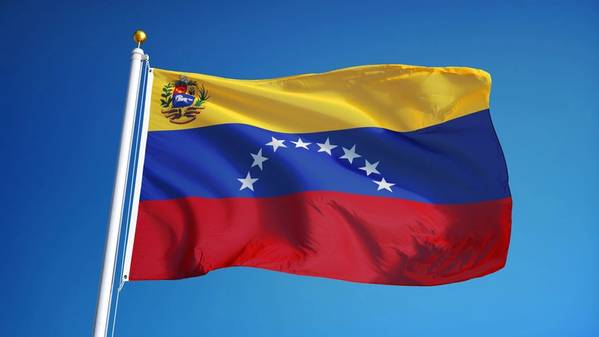
Venezuela on Wednesday granted a 20-year license to British energy producer BP and state-owned National Gas Company of Trinidad and Tobago (NGC) to develop the Venezuelan side of a natural gas field that extends into the Caribbean country's waters.
Venezuela, whose gas reserves are mostly untapped, has in recent years expanded offers for offshore gas projects to foreign companies, but progress remains slow amid sanctions and a massive need for investment.
The Cocuina-Manakin field, whose Venezuelan portion belongs to the idled gas offshore project Plataforma Deltana, has 1 trillion cubic feet of proven gas reserves. The U.S. Treasury Department in May authorized the project to move forward as an exemption to energy sanctions on Venezuela.
The field will be jointly developed, with BP and NGC on Venezuela's side, and BP's Trinidad unit on the twin-islands nation's side. The largest investor will be selected as the project's operator, according to the list of documents signed in Caracas.
A separate sheet of terms to sell the gas produced on the Venezuelan side of the field to companies in Trinidad was also signed, as was an agreement for a bonus payment to Venezuela. The amount was not disclosed.
The companies accelerated negotiations with Venezuela's government and state energy company PDVSA in recent weeks to have the license signed before a presidential election in the South American country on July 28, sources said.
"We are making a monumental step in the right direction," said President Nicolas Maduro during the signing ceremony, broadcast by state television station VTV.
Trinidad's energy minister, Stuart Young, and Venezuelan oil minister Pedro Tellechea signed some of the documents governing the project. The head of BP Trinidad and Tobago, David Campbell, and NGC Vice President Verlier Quan-Vie signed on behalf of the companies.
A larger project in Venezuela also to be shared with Trinidad, the 4-tcf Dragon offshore gas field to be operated by Shell, received a similar 20-year Venezuelan license in December. First output is expected in late 2025.
(Reuters - Reporting by Deisy Buitrago, Vivian Sequera and Marianna Parraga; Editing by Leslie Adler and Rod Nickel)



